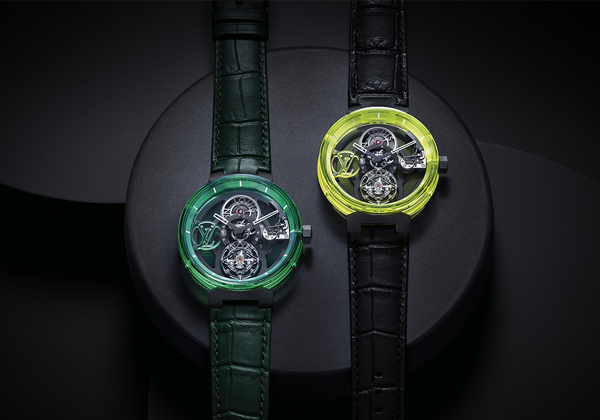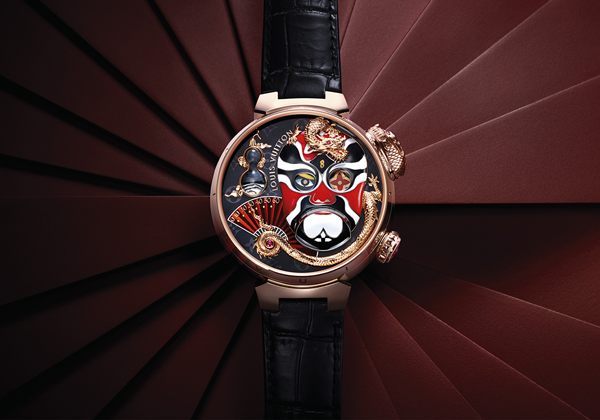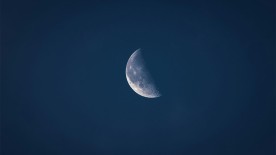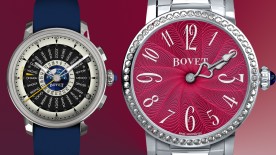After celebrating the 20th anniversary of its watchmaking adventure last year and winning several distinctions at the Grand Prix d'Horlogerie de Genève, Louis Vuitton is clearly raising its game in the realm of timepiece creation. Its automaton models and Haute Horlogerie range place the brand clearly up among the very best. This spectacular rise is the result of a double phenomenon: the takeover of Louis Vuitton's watchmaking business in 2021 by Jean Arnault, the youngest member of the watch-enthusiast family, and the integration of the highly creative La Fabrique du Temps in 2011. Founded by the brilliant Michel Navas and Enrico Barbasini in 2007, La Fabrique du Temps is home to an ever-increasing diversity of manufacturing skills deployed in a scenography that is both elegant and joyful (dial-makers, enamellers, engravers, engineers, watchmakers, painters, etc.). The desire and vision of these two watchmaking entrepreneurs was to exercise exquisite craftsmanship within a human-sized entity. They had designed the Spin Time for Louis Vuitton, with its incredible display of time indications on rotating cubes, when the two enthusiasts were invited to make their Fabrique the official production facility for Louis Vuitton. As Michel Navas points out, they quickly agreed: "It's a reliable and responsible company well-known and recognized in other fields and which respected our initial philosophy, so the potential was fabulous” – a fact highlighted by this year’s creations.

The first sapphire tourbillon to bear the Poinçon de Genève
The two highly contemporary and perfectly crafted sapphire-cased models of the Tambour Moon Flying Tourbillon "Poinçon de Genève" testify to the mastery of the artisans who exercise their skills in La Fabrique du Temps. Time indeed has effect on sapphire, a pure, noble mineral as unalterable as pure gold or platinum, yet boasting a hardness surpassed only by diamonds. Carved from a block of synthetic sapphire, each element of the case is delicately polished to harmoniously magnify the LV90 caliber it protects. Over 400 hours of meticulous work are lavished on each case and it's well worth the effort, as the flying tourbillon and the entire movement mechanism thus laid bare benefit from this circular, fluorescent spotlight. The graphic and sculptural concentric forms of the suspended movement fascinate with their sophistication and lightness. The presence of the prestigious Poinçon de Genève confirms the intuition that this is a magnificent Haute Horlogerie timepiece.

Originality makes a dramatic entrance
Two stellar artisans presided over the birth of the Tambour Opera Automata: enamellist Anita Porchet and engraver Dick Steenman, whose challenge was to reflect the striking aesthetics and expressive movements of the Bian Lian, the famous Chinese masks changed at lightning speed at the Sichuan Opera House. By activating the astonishing automaton, five animations stage a 16-second show: the dragon's head rises to reveal the jumping hours on the Bian Lian's cloisonné enamel forehead, its tail indicating the retrograde minutes. Shifting from joy to sadness, the mask changes expression, frowning, an eyelid descending over the left eye and the pupil of the right eye retracted to reveal a Monogram flower. More than 400 components, several patents and two years of development characterize Caliber LC 525, of which the back also features the shape of the Chinese mask, magnificently decorated with a beadblasted finish and perfect mirror polish. Haute Horlogerie and artistic crafts come together in an exceptional artistic symbiosis.







